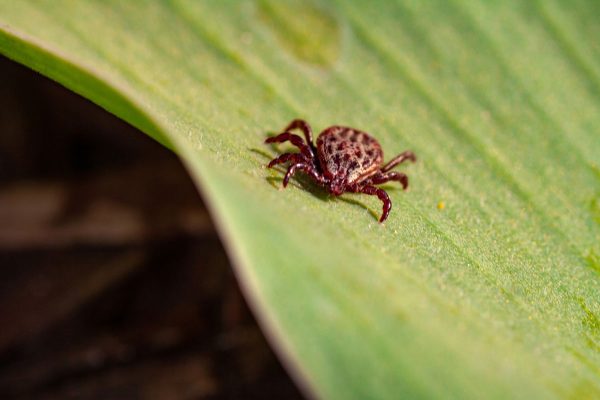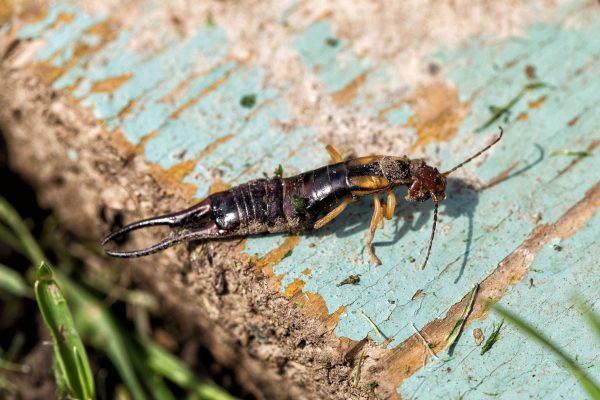The wolf spider is one of the species of spiders that have admirable parenting skills. If you want to know about these creatures procreation and how many babies they have, you're in the right place. We have done proper research to give you detailed information on everything you should know about wolf spiders and their babies
Spiders generally lay between two to one thousand eggs, but wolf spiders lay approximately one hundred eggs which they encase in a spherical sac made of silk. They carry these egg sacs on their spinnerets. They are the only ones amongst all spiders species that do this. They are very protective of their eggs.
To learn more about baby wolf spiders, what they are called, and what they eat, hang on and keep reading. We'll be explaining these points in detail.
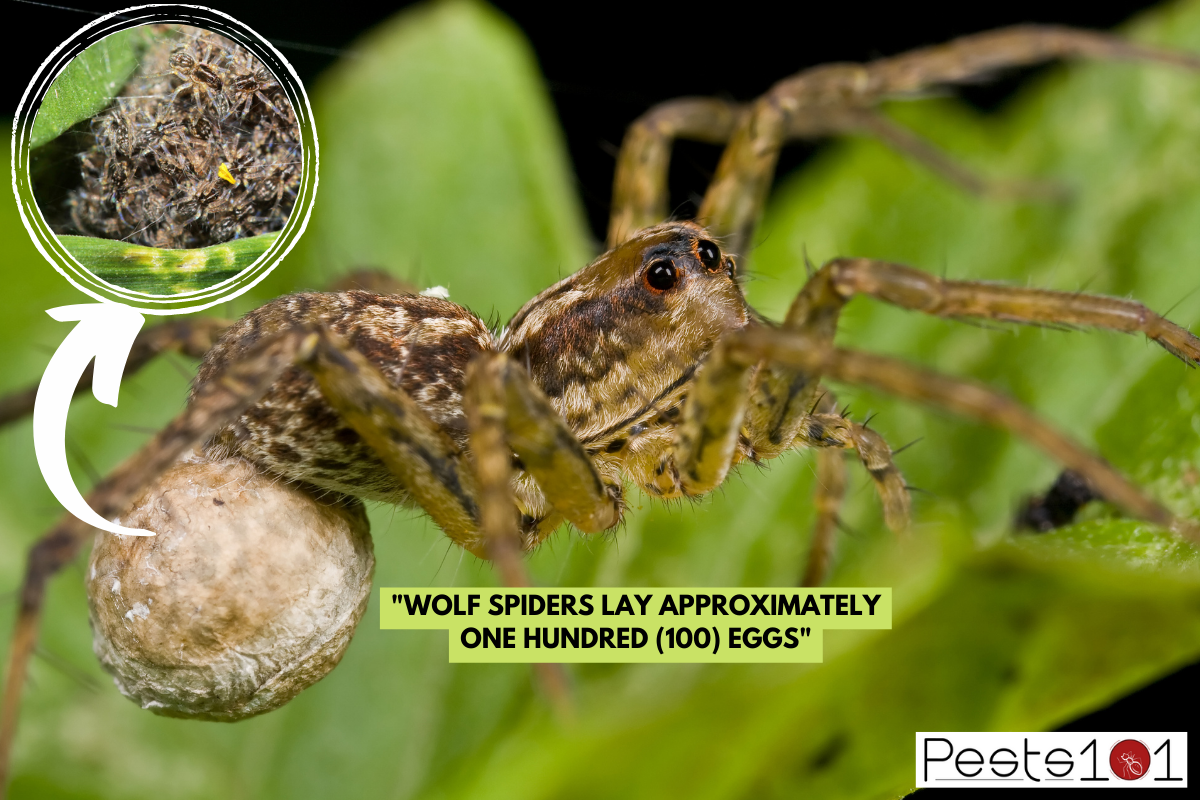
Wolf Spider Life Cycle
The wolf spider, also known as Lycosidae, gets its name from the Greek word Lycosa which literally translates to English as wolf. They are known for their ferocious and tough demeanor thus it's difficult to catch or spot them.
They are one of the largest in the family of spiders. A wolf spider's bite can be quite painful but not dangerous. It is advised you still see a doctor though if you fall victim to this spider's bite.
Life Cycle and Reproduction
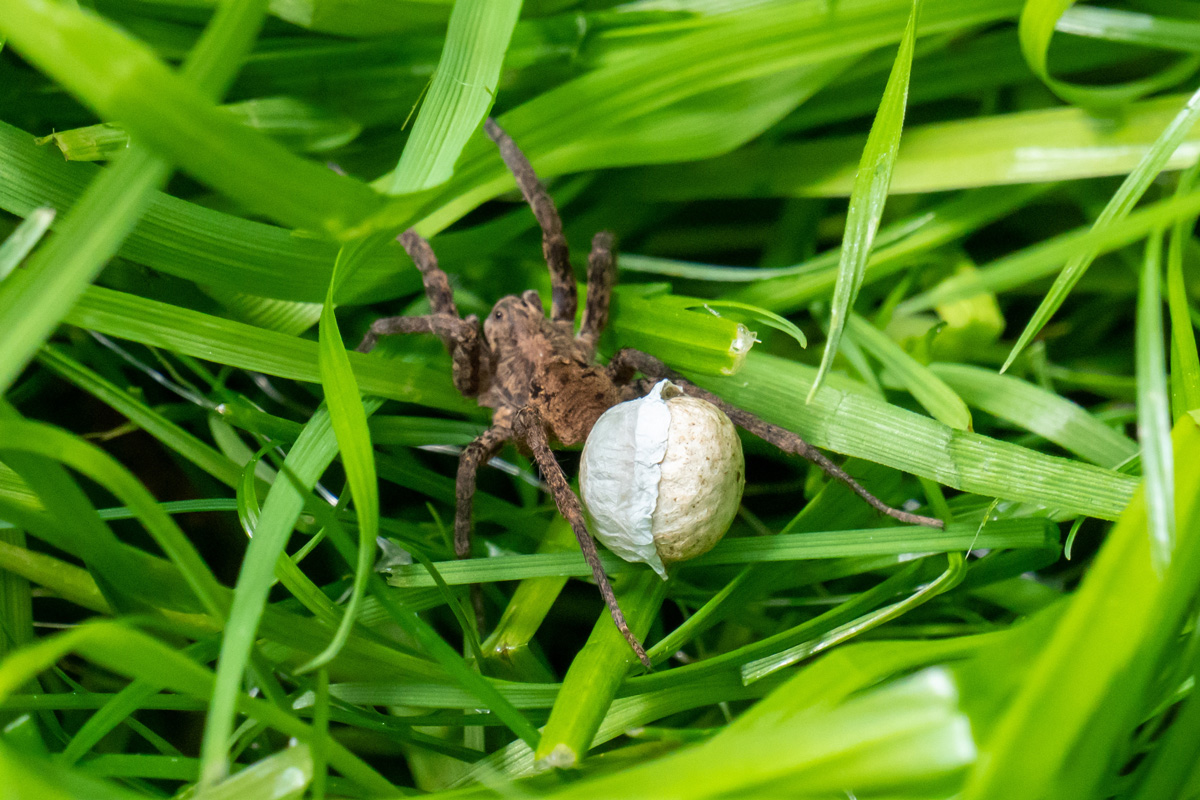
Female wolf spiders live for many years while males live only for a year or even less than that. Mating periods for these creatures is a risky time for the male because, after mating, the female kills and consumes them. Sometimes, these males struggle to survive and will have the chance to live and mate again.
The female will lay a clutch of eggs after mating, which she will then wrap in a silk ball. Using her spinnerets as anchors, she fastens the egg case to the bottom of her abdomen.
The egg sacs of burrowing wolf spiders are laid in the tunnel at night, but they are brought to the surface during the day for warming.
When the spiderlings hatch, they climb up the mother's back and stay there until they are old enough to leave the nest. The mothering habits of wolf spiders are distinctive and important in their life cycle.
How Many Babies Does a Wolf Spider Have?
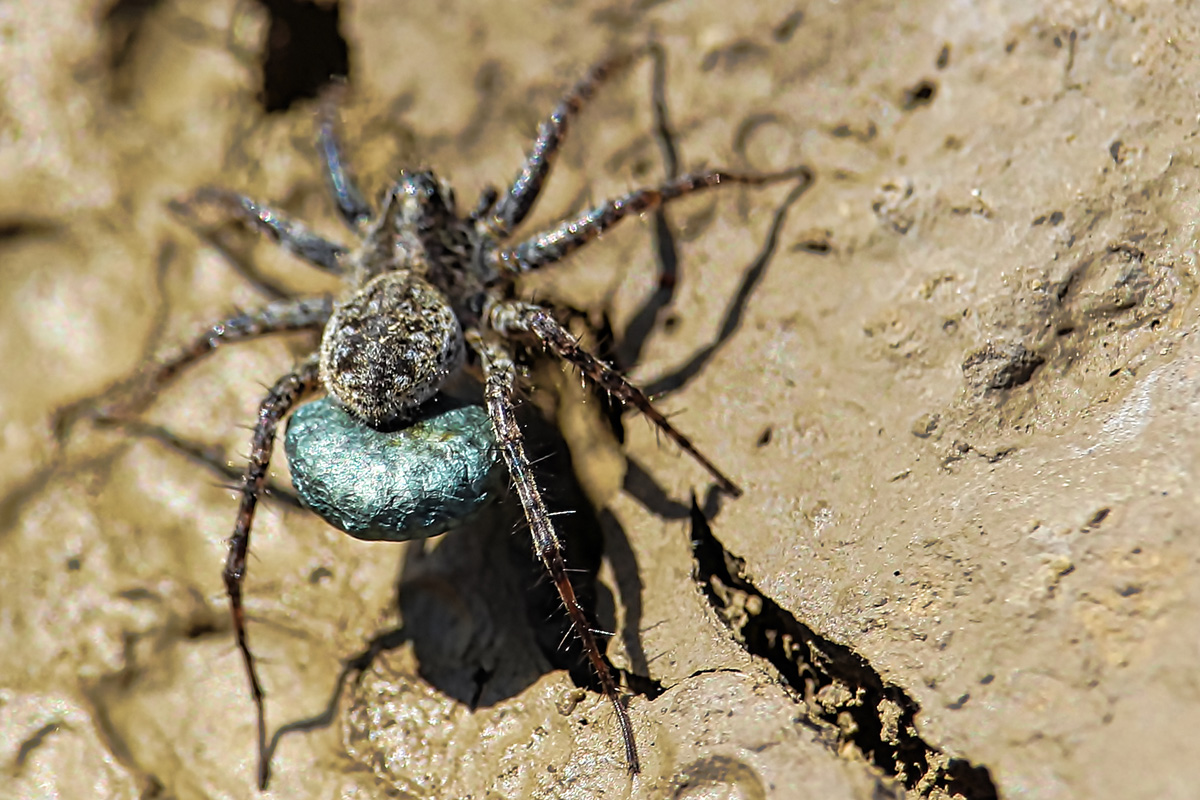
After becoming pregnant, the female wolf spider seeks complete seclusion. To lay her eggs, the female wolf spider goes for a protected area with cover. She cares about protecting her kids just as any other mother does.
Every time the wolf spider is fertilized, it lays close to 100 eggs. These eggs are enclosed by the mother in a silk sac that serves as both protection and provides minimal nutrients.
These spiders are fiercely devoted to protecting their eggs. The fact that they carry the eggs around in spherical sacs on their spinnerets while they move makes them quite defensive. The female wolf spider opens the egg sac when the spider eggs are ready to hatch and lets her spiderlings out.
For both safety and sustenance, the tiny spiderlings attach themselves to the mother's body and legs. The spiderlings split up, leave the mother's body, and begin to defend themselves after a few weeks.
What Are Baby Wolf Spiders Called?
Spiderlings are the young offspring of the wolf spider. One thing to note about them is how little they are upon birth. If you see one, you might think it is a speck at first. If you see a wolf spider in your home, you should never kill it.
There are hundreds of baby spiders riding on their mothers' backs even though you might not be able to see them until they are big and strong enough to survive on their own.
So, if you squash a mother spider, you might let hundreds of small baby spiders loose within your house.
What Do Baby Wolf Spiders Eat?
When the young wolf spiders are big enough, they separate from their mother and go out to live independently. Being carnivores, they consume the same kinds of foods as adult wolf spiders, albeit of a lesser size.
They become larger, and so does their prey. Baby wolf spiders feed on little prey, such as tiny insects, to survive. They have also been observed to consume the pieces of larger prey that their mothers had given them.
How Big Are Baby Wolf Spiders?
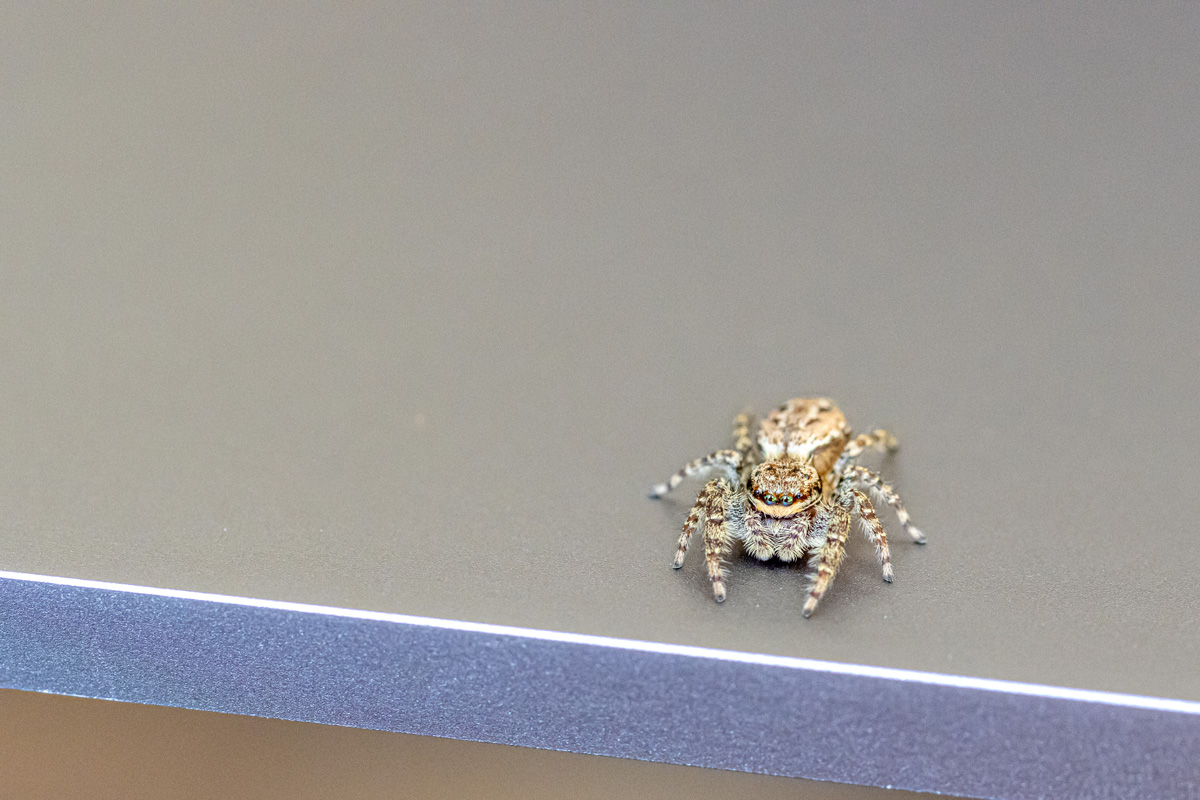
They start as small as one millimeter, but over time they become more noticeable. Usually, female spiders are smaller than male spiders.
Are Wolf Spiders Poisonous?
Though a wolf spider bite may cause some allergic reactions, the venom is not deadly to humans. Due to its paralyzing venom, the wolf spider is one of the most lethal spider species in the world. This venom, however, only poses a threat to insects and other small creatures.
Although the wolf spider's bite is not harmful, you should still try to avoid coming in touch with them since they can sting.
The wolf spider's enormous fangs can pierce through human skin when it bites, and the physical pain they cause is visible on the bite site. The venom of the wolf spider causes the bite site to be itchy, and the sharp fangs provide a painful sting similar to that of a bee.
Do Wolf Spiders Jump At You?
Wolf spiders are not flying insects. Wolf spiders are quite frightened of people and won't bite them until provoked or if you get too close to them.
When pursuing their prey, wolf spiders will jump on their victim but not as high as some other jumping spiders. Wolf spiders are among the world's most agile spider species and are known as the sprinters of the spider world.
The wolf spiders got their name because they stalk their prey and pounce on them like wolves. Wolf spiders are swift and extremely athletic, but they won't leap onto a person and attack them.
Only when they attempt to catch it for food will they pounce on other animals. When a wolf spider spots its prey, it will chase after it incessantly until the animal loses control. However, to save them from doing too much hard work, they'd rather ambush the target and pounce on it.
In a chase, the wolf spider can cover a lot of ground because of its long legs, which are around 2.5 centimeters long and also the same length as its body.
Wolf spiders are most active at night, just like other predators. They most likely spend the day hiding out in the burrows they have dug for themselves using their long, powerful front legs. Thus, most of the pouncing and jumping will occur at night.
How To Identify A Wolf Spider?
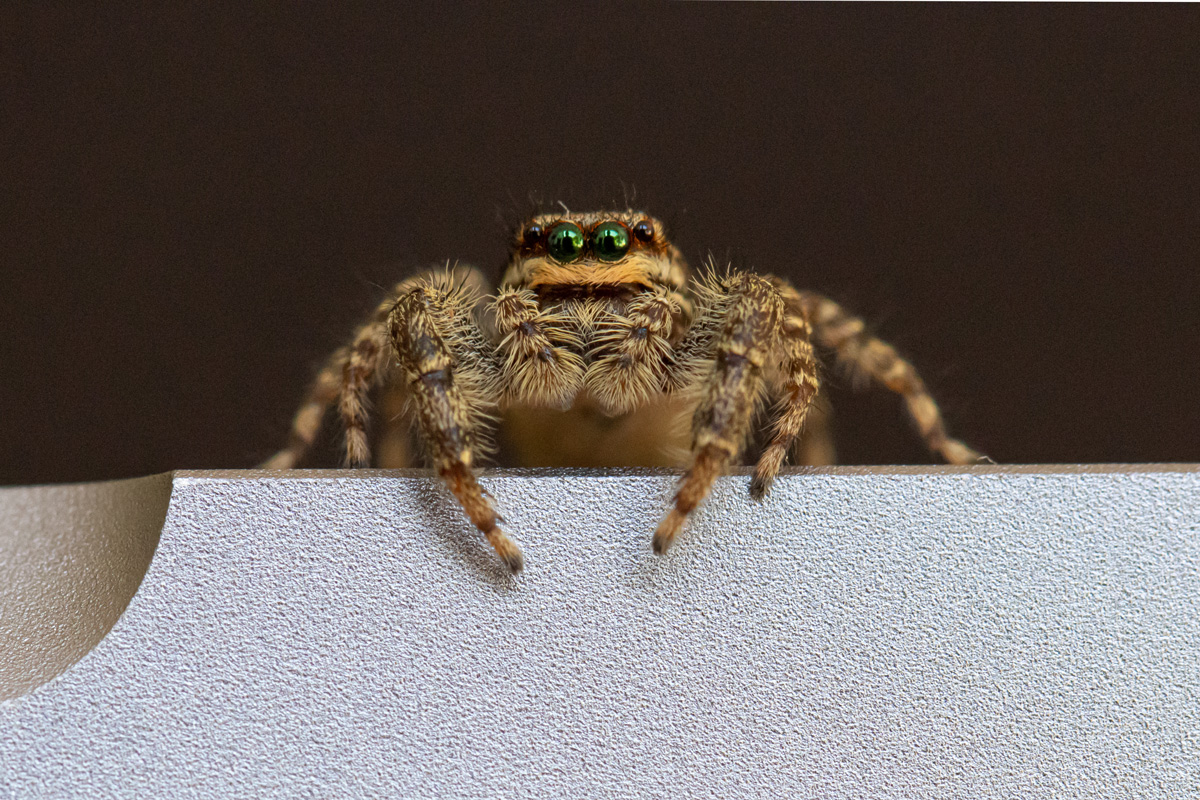
Because they are frequently mistaken for other types of spiders, such as the huntsman, and tarantula, wolf spider identification can be difficult.
A careful examination of minute characteristics that distinguish wolf spiders from other spider kinds is necessary to identify one because there are more than 200 species of them in just the United States and Canada.
Let's look at ways to identify a wolf spider.
Its Eyes
You may determine the species of a spider by looking at how its eyes are arranged. Eight eyes, placed in three rows, are what you'll find present in wolf spiders. Two larger eyes are located in the top row, which is visible from its front, and four smaller eyes are located in the bottom row.
On the top of its head, the wolf spider also has two tiny eyes. Other spiders like the brown recluse spider, it has six eyes that are grouped in a single row and are organized in pairs. For the huntsman spider, the eight eyes are divided into two rows.
Differences in Behavior
You can distinguish between species of spiders by observing their behavior. The wolf spider does not spin webs. Instead, they hunt their prey in broad spaces like grasslands or living room floors by moving swiftly.
Brown recluse spiders, in contrast, don't frequently emerge from hiding. They prefer to remain concealed in dim areas, like within shoes or behind logs.
Differences in Appearance
In comparison to the huntsman spider, the wolf spider has shorter legs. The huntsman spider on its part can grow its legs as long as two inches long. Wolf spiders do not have the violin-shaped pattern that the brown recluse has on its back.
Wolf spiders have less interesting colors and patterning than other spiders because they use camouflage for both protection and hunting.
Although tarantulas are larger and heavier than wolf spiders, wolf spiders are sometimes mistaken for them due to their hairiness.
To Wrap Up
Wolf spiders may appear large and intimidating but they are not dangerous as they appear. They only attack when they are attacked. They have the most unique parenting skills of all spiders and they tend to carry their babies on their back for a long time.
For more on spiders, we recommend you read these related posts:

